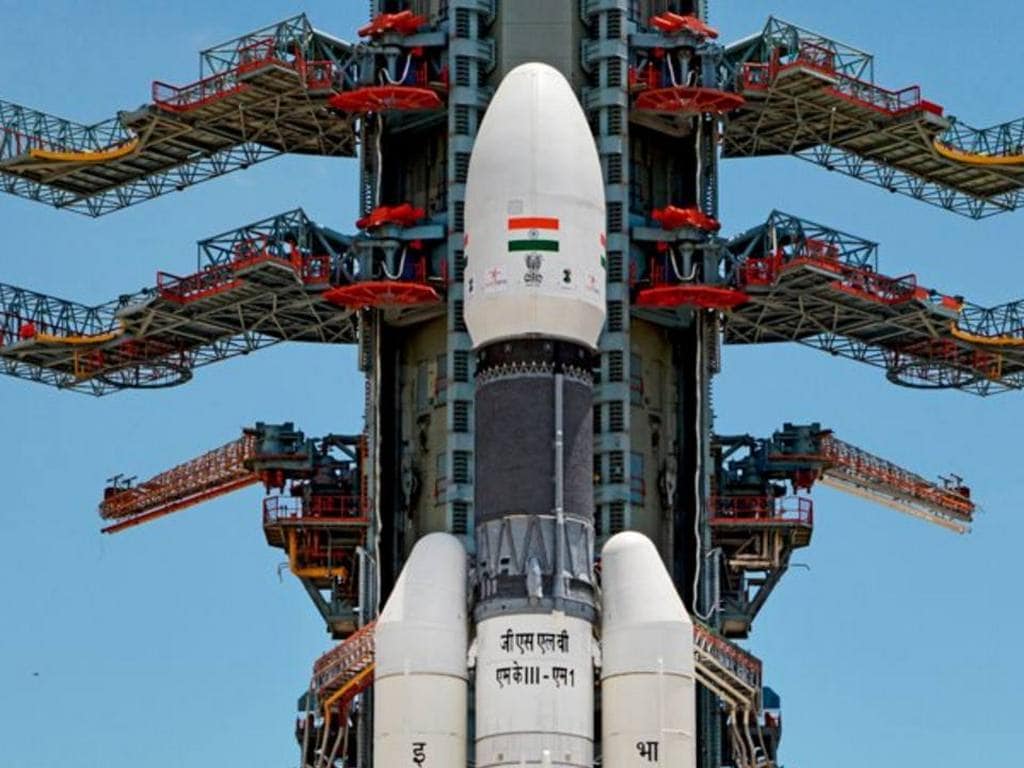Indian Space Research Organisation (ISRO) forthcoming Chandrayaan 3 mission will carry scientific instruments of the United States of America. The Chandrayaan mission 2 also carried American scientific instruments .This information was given by the Union Minister of state (Independent charge ) Science & Technology, Atomic Energy and Space, Dr Jitendra Singh in the Rajya Sabha.
Buy Prime Test Series for all Banking, SSC, Insurance & other exams
More About This Development:
India has signed 4 cooperative documents specifically to collaborate in space exploration in the last five years. Apart from the United States of America, India has also signed an agreement with Japan to conduct a feasibility study for a joint lunar polar exploration mission, while with the United Kingdom it has an agreement for conducting a feasibility study for collaboration in future space science missions.
What is Chandrayaan-3 Mission:
The Chandrayaan-3 mission is a continuation of Chandrayaan-2, which was launched in July 2019 and had the goal of putting a rover on the lunar South Pole. The Vikram lander’s subsequent failure prompted the development of a different mission to show off the landing skills required for the 2024 lunar polar exploration mission that is being proposed in collaboration with Japan. It will have a landing module and an orbiter. But unlike Chandrayaan-2, this orbiter won’t be equipped with a research payload.
Features of Chandrayaan 3 Spacecraft:
- A rover and lander will be aboard Chandrayaan 3 as it launches into space. There won’t be any orbiters like Chandrayaan 2 in it.
- India wants to look at the Moon’s surface, particularly in regions that haven’t seen sunlight in a few billion years. These darker regions of the lunar surface may contain ice and rich mineral deposits, according to scientists and astronomers.
- Additionally, this exploration will try to examine the exosphere and subsurface as well as the surface.
- This spacecraft’s rover will interact with Earth through an orbiter salvaged from Chandrayaan 2.
- At a distance of 100 km from the lunar orbit, it will take pictures of the surface in order to analyse it.
- The lander of ISRO’s Chandrayaan 3 will be powered by 4 throttle-able engines. In addition, it will be endowed with a Laser Doppler Velocimeter (LDV).





 Which City is known as the City of Bambo...
Which City is known as the City of Bambo...
 Who was the First Prime Minister of Indi...
Who was the First Prime Minister of Indi...







